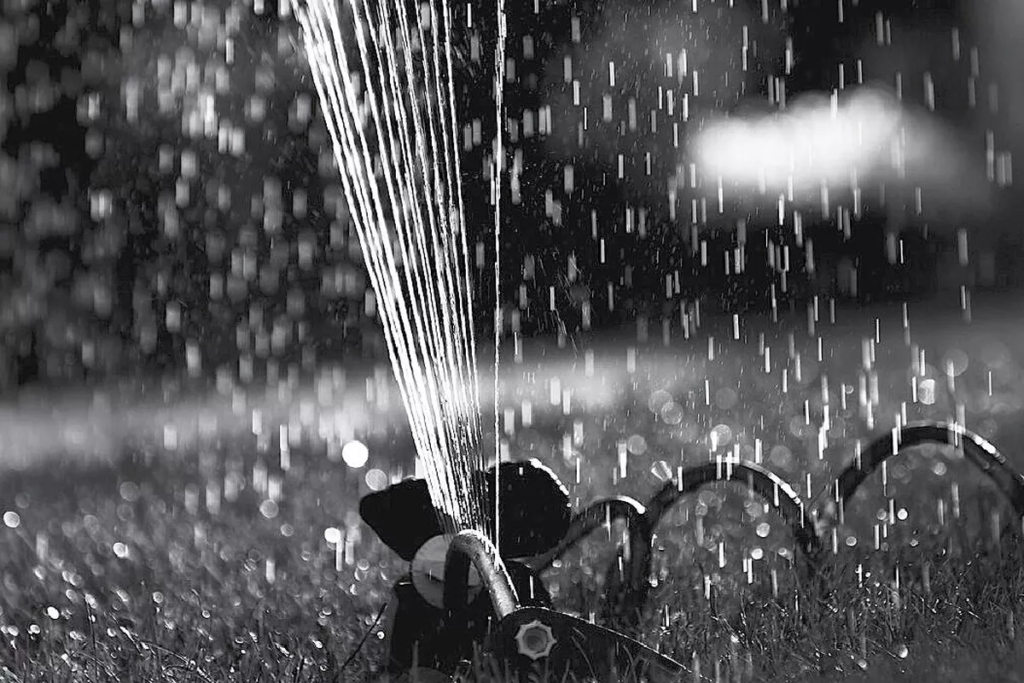
If you live in the city of Spokane, are you aware that the Spokane City Council put a water ordinance in effect last year, and put restrictions on, this year. The study they used, last year, to justify the water ordinance, made the false and inaccurate claim that Spokane uses more water than larger cities back east.
Beyond this, Spokane’s irrigation water comes from the aquifer, not the river.
It’s time to rebel. The City Council, for no good reason, is creating a fire hazard as lawns dry up and trees die from lack of water.
Lynn
Spokane implements outdoor water restrictions as river diminishes
By Emry Dinman
Spokane city officials are urging residents to limit how much water they use for their lawns as Spokane River levels drop and moderate drought takes hold in the region.
Level 2 drought response measures have taken effect for the first time due to the Spokane River flowing below 1,000 cubic feet per second, meaning residents are supposed to water their lawns no more than two days a week for no longer than two hours.
These are on top of the Level 1 drought response measures that take place every summer from June 1 to Oct. 1, when outdoor watering is not allowed between 10 a.m. and 6 p.m. and the watering of lawns is limited to four times a week.
There are several exemptions to the restrictions, including for watering community gardens or trees, to establish newly planted landscaping, or to mitigate wildfire risk on a property. The Parks Department can request an exemption from the City Council, and the law states that residents must seek permission from the Public Works and Utilities Department for an exemption.
However, there is no process currently in place to seek that exemption, so residents are able to use additional water for exempted purposes at their discretion, according to city spokeswoman Kirstin Davis.
The measures were passed by the Spokane City Council last June, though this is the first summer that Level 2 drought response measures were allowed to be implemented, Davis said.
“We’ve been doing education campaigns for years around water conservation, and the ordinance last year created a policy around it,” Davis said.
There are currently no penalties for noncompliance and no concrete plans to implement them in the future, said Council President Lori Kinnear, who cosponsored the legislation last year. It’s also unlikely that city staff would have the capacity to monitor residents, Kinnear added.
However, she emphasized the importance of compliance, noting that the taxpayer-funded infrastructure that delivers water around the city is strained by high water usage during the months when the least water is available.
“The infrastructure is very expensive,” Kinnear said. “The more we use in the summertime, the more we have to build for those three months, the more it costs the taxpayer. We have to come together and conserve.”
The entirety of Spokane County has been experiencing moderate drought since July 11, according to the U.S. Drought Monitor. The Spokane River first dipped below 1,000 cubic feet per second on July 22 and has been consistently at or below that threshold since Monday morning.
Except for brief periods in January and late spring, water levels in the Spokane River have been lower than they were at the same time last year. Water levels have been consistently and significantly lower since late-May, with current water flow at around 41% compared to last July.
Water levels were unusually high last summer, Davis stated, due to significant rainstorms, particularly in early June.
However, the river has dropped below 1,000 cubic feet per second almost every year since 2000, typically by late August, bottoming out between 600 and 900 cubic feet per second.
In 2022, the river dropped below that threshold on Aug. 17 rebounded after Sept. 6, reaching a low point of 792 cubic feet per second on Sept. 5.

